Movie Set Roles
Whether you're an avid film enthusiast, a budding actor, or simply curious about the behind-the-scenes of a movie set, understanding the various roles involved in the process is essential. In this blog post, we will provide an in-depth look at the key players who come together to create the magic of a movie set.
Grab your popcorn and join us as we explore the different roles and responsibilities of movie set professionals, and their impact on the cinematic experience.
The Role of the Director
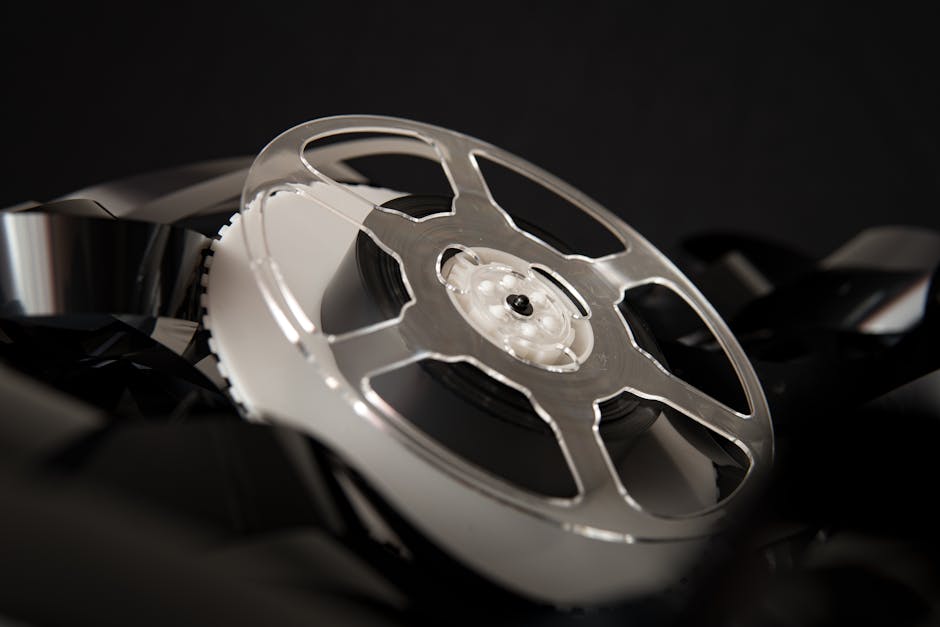
The Role of the Director is undoubtedly one of the most crucial parts of a movie set. They are the creative visionaries who bring the story to life on the big screen. From pre-production to post-production, the director is constantly making decisions to shape the film's narrative and visual style.
Working closely with actors, the director is responsible for guiding the cast and extracting the best performance possible. This may involve offering insights on character development or working out specific scene dynamics. The director also collaborates with behind-the-scenes crew, such as the cinematographer and production designer, to ensure the film's aesthetic aligns with their creative vision.
The director's influence extends to editing; they work hand-in-hand with the editor, piecing the film together shot by shot, to ensure it flows flawlessly. In short, a film's success or failure often hinges on the skill and talent of the director.
The Role of the Assistant Director
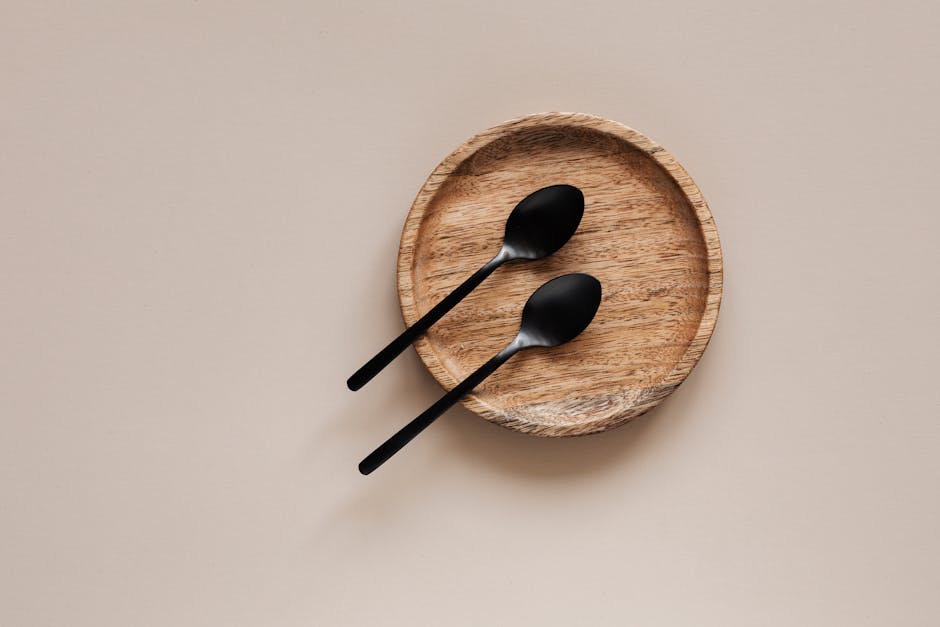
The Role of the Assistant Director (AD) is an often underappreciated yet vital part of any movie production. Acting as a bridge between the Director and the rest of the crew, the AD is responsible for managing the film set to ensure smooth and efficient execution of each scene.
As a key collaborator with the Director, the AD assists in breaking down the script, developing schedules, and coordinating with the various departments, such as camera, lighting, and sound. During filming, one crucial responsibility of the AD is to keep everything running on schedule, including tracking shot progress, issuing call sheets, and managing cast and crew.
In high-pressure environments, the AD's ability to maintain a positive and focused atmosphere plays a significant role in the overall success of the project. Their endless attention to detail and unwavering commitment to the vision of the Director truly makes the Assistant Director an unsung hero of the movie set.
The Role of the Screenwriter
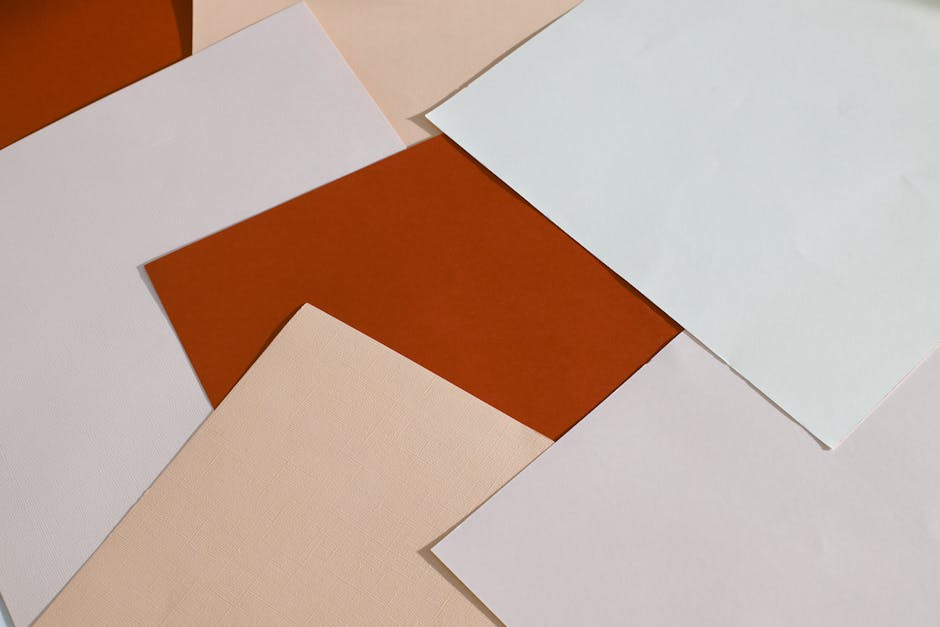
The Role of the Screenwriter is often underappreciated, as they are the masterminds behind the captivating stories portrayed on the big screen. As the main architects of a movie, their creativity and ability to envision a unique narrative are crucial to the overall success of a film.
Screenwriters begin their work by conceptualizing ideas and developing characters, plots, and dialogue that not only resonate with audiences but also create rich worlds that can be seamlessly translated into visuals. They work closely with directors and producers to ensure their vision aligns with the desired outcome for the film.
With an immense responsibility to craft a compelling story, the screenwriter's role requires considerable skill, insight, and heart. It is through their talent and dedication that unforgettable movie experiences are born, leaving lasting impressions on audiences and propelling the ever-evolving world of cinema.
The Role of the Producer
In the world of movies, the role of the producer is a vital driving force behind the scenes. As the orchestrator of various aspects of film production, they're responsible for bringing a project to life from its initial inception to its final release.One of the primary tasks of a producer is securing the necessary funding, resources, and personnel for the project. This involves creating a budget, pitching the movie to investors, and seeking out partnerships to make the production a success.
Additionally, a producer is closely involved in the creative development of the film. They'll work with the director and screenwriter to shape the story, making decisions about casting, location scouting, and various creative choices throughout the production process.
Constantly juggling a variety of responsibilities, a producer also manages the production timeline, ensuring the project stays on track and within budget. This includes collaborating with marketing teams and distribution partners, making sure the film reaches the intended audience and leaves a lasting impression.
In conclusion, the role of the producer is multifaceted and critical to the success of any movie set, truly making them the backbone of the industry.
The Role of the Cinematographer
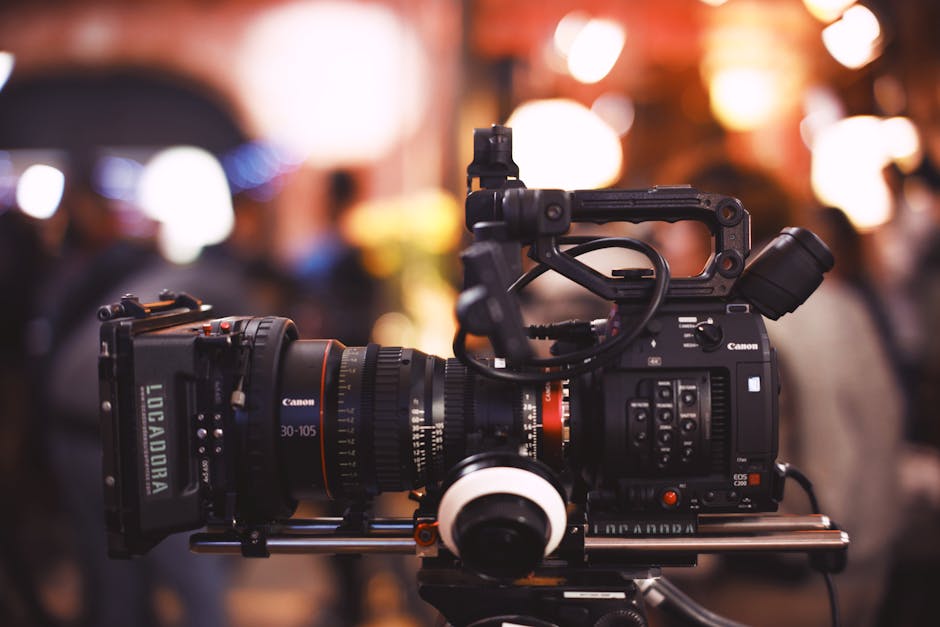
Photo by Bruno Massao on Pexels
The role of the Cinematographer, also known as the Director of Photography (DoP), is a crucial one in the movie-making process. They are responsible for capturing the vision of the director and translating it into stunning visuals that captivate the audience.
The cinematographer starts with analyzing the script, discussing the director's vision, and closely collaborating on the look and feel of the film. Lighting, shot selection, and camera movement are all crucial elements within their responsibility - all contributing to the film's overall aesthetic.
While working with the camera crew, the cinematographer selects the best equipment, lenses, and filters to achieve the desired mood and atmosphere, skillfully manipulating light and shadows to tell the story.
Ultimately, the cinematographer's role is an artistic one, requiring immense technical knowledge, a keen eye for detail, and the ability to work under pressure, ensuring the director's creative vision can be translated into an unforgettable cinematic experience.
The Role of the Production Designer
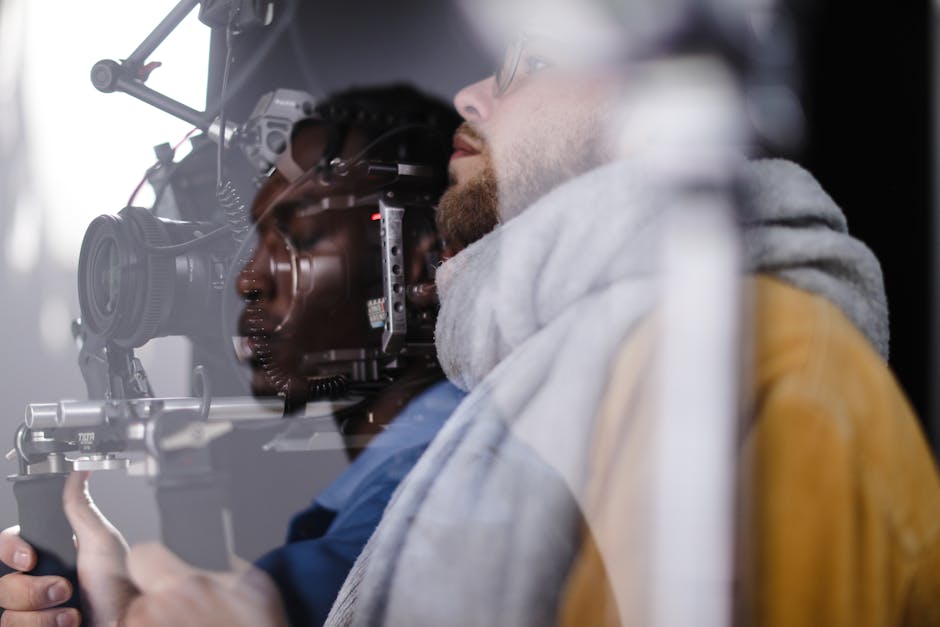
Photo by cottonbro studio on Pexels
The world of movie-making is filled with a myriad of pivotal roles, and amongst them lies the creative genius of the Production Designer. Tasked with bringing the director's vision to life through detailed set designs and carefully chosen locations, a Production Designer's work not only sets the tone for every scene but also contributes significantly to the overall visual narrative of a film.
From researching period-accurate details to collaborating with art directors and set decorators, the Production Designer weaves their magic into every setting, creating an authentic ambiance and setting the mood for the actors to breathe life into their characters. Combining artistic flair with technical prowess, these vital team members effectively transform a simple script into a living, breathing world for the audience to immerse themselves in.
In essence, the role of the Production Designer is a fascinating mix of both creative and practical responsibilities, proving that a truly great film requires a harmonious blend of talents to achieve storytelling and visual perfection.
The Role of the Costume Designer
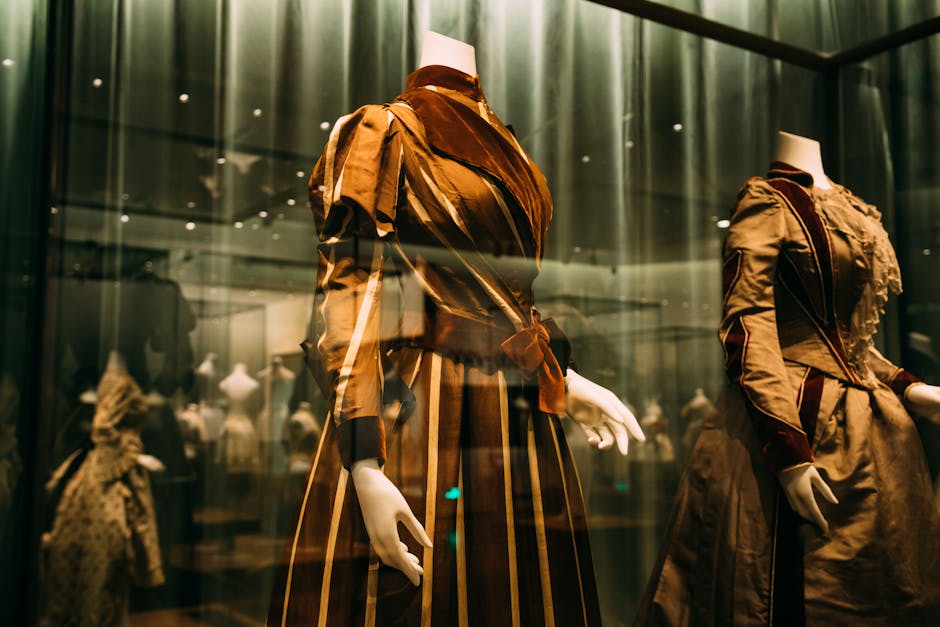
Photo by Shuxuan Cao on Pexels
The Role of the Costume Designer
When it comes to creating the perfect look for a movie character, the Costume Designer plays a pivotal role. Their responsibility extends far beyond just dressing the actors; they bring the story to life through their keen eye for detail and understanding of the film's vision.
Collaborating closely with the director and production team, Costume Designers delve deep into each character's personality, history, and motivations to craft costumes that accurately represent their essence. This is done by researching various eras, cultures, and styles, and ultimately selecting suitable fabrics, patterns, and accessories to design an ensemble that enhances the actor’s performance.
Furthermore, a Costume Designer’s work impacts the overall aesthetic of the movie, seamlessly blending the character's outfits with the setting and tone. Their contribution significantly enriches the audience's viewing experience, making it an indispensable part of the filmmaking process.
The Role of the Sound Department
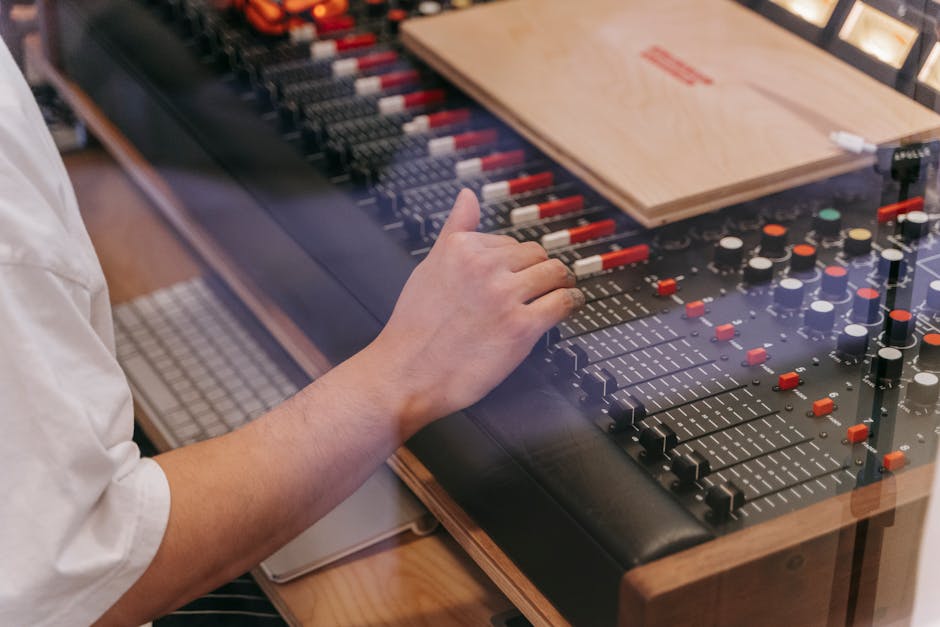
Photo by Anna Pou on Pexels
The Sound Department plays an essential role in crafting a film's auditory experience, ensuring that the dialogue, music, and sound effects work together seamlessly. This innovative team, immersed in the world of sonic storytelling, works tirelessly behind the scenes.
From capturing crystal-clear dialogue on set to designing immersive soundscapes in post-production, their meticulous attention to detail helps to create a captivating cinematic environment. Utilizing high-quality microphones, recording equipment, and cutting-edge software, these dedicated professionals strive to provide an unwavering sense of realism for the audience.
Collaborating closely with the director and other departments, the sound crew continuously preserves the film's intended atmosphere and tone, all while overcoming obstacles such as noisy sets, challenging locations, and environmental interference.
Ultimately, the Sound Department's expert contributions play a pivotal role in transporting the audience to the movie's world, allowing them to become fully immersed in the story and the characters' journeys.


